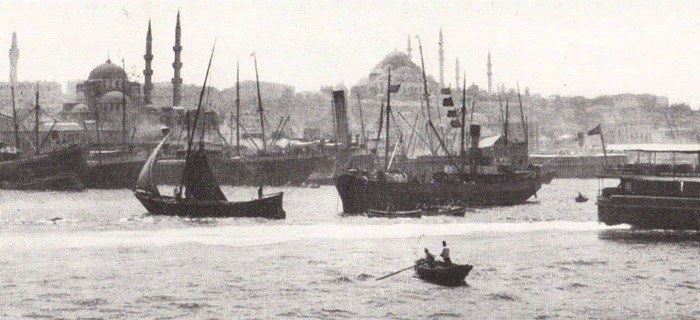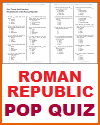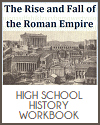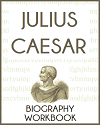WHERE COMMERCE CLEAVES THE WATER AND RELIGION SPEARS THE SKY:
From the Golden Horn, Stamboul (Istanbul) is never twice the same. Noonday and sunset paint with varying touches the tinted mass of buildings whose irregular outline shows against the springtime blue or the flaming evening sky. And always, scudding before the wind, panting forward with propeller, paddle-wheel, or oar, or slowly drifting in the tide, the boating of the city moves in devious ways.
Click here to enlarge (1922).
The port of Stamboul, part of the greater city of Constantinople (modern-day Istanbul), was a vital hub in the Ottoman Empire. Situated at the crossroads of Europe and Asia, it served as a key center for international trade and naval power. Under Ottoman control, the port bustled with ships carrying goods such as silk, spices, grain, and ceramics. It connected the empire to markets in the Mediterranean, Black Sea, and beyond. The Ottomans improved and protected the harbor, making it a secure and efficient base for commerce and military fleets. The port's prosperity contributed to the wealth and cosmopolitan character of the empire's capital.
|














